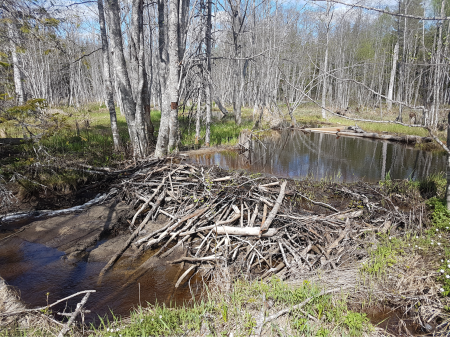
Area characterisation:
Several beaver systems within the species distribution range in Sweden with a focus on the Vindelälven catchment (12,650 km2) in Northern Sweden. The surrounding area is mainly rural with few peri-urban sites.
Objective:
A truly nature-based solution is implemented by allowing beavers to spread into desired areas, letting them restore degraded wetlands and small streams and ditches as well as forest landscapes.
This case study is one of 17 that are part of the EU Horizon2020 project MERLIN - Mainstreaming Ecological Restoration of freshwater-related ecosystems in a Landscape context: INnovation, upscaling and transformation
Potential impacts/benefits:
- improvement of aquatic-terrestrial linkages
- riparian and channel restoration: flood protection, drought mitigation
- biodiversity enhancement
- recreation
Actions:
Beavers are not excluded from the desired areas and their engineering of the system is fully allowed
Organisations:
Swedish University of Agricultural Sciences (SLU), Swedish Forest Agency (SFA)
Global goals:
-
3. Good Health and well being
-
6. Clean water and sanitation
-
14. Life below water
-
15. Life on land
NBS goals:
- Restoring ecosystems and their functions
- Multi-functional nature-based watershed management and ecosystem restoration
NBS benefits:
- Flood peak reduction
- Reduce drought risk
- Reduce flood risk
- Reduce run-off
- Restoring ecosystems and their functions
- Increase Biodiversity